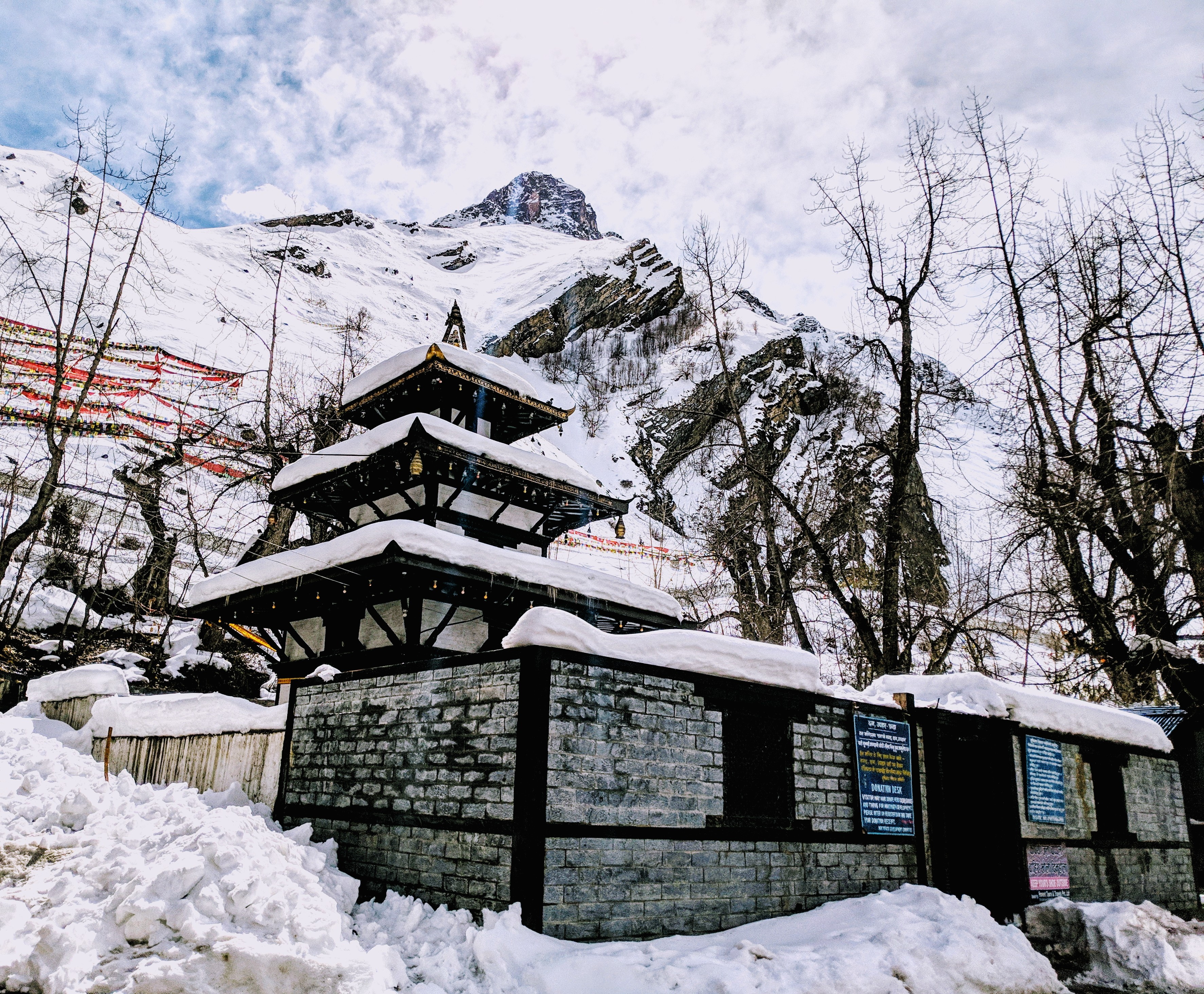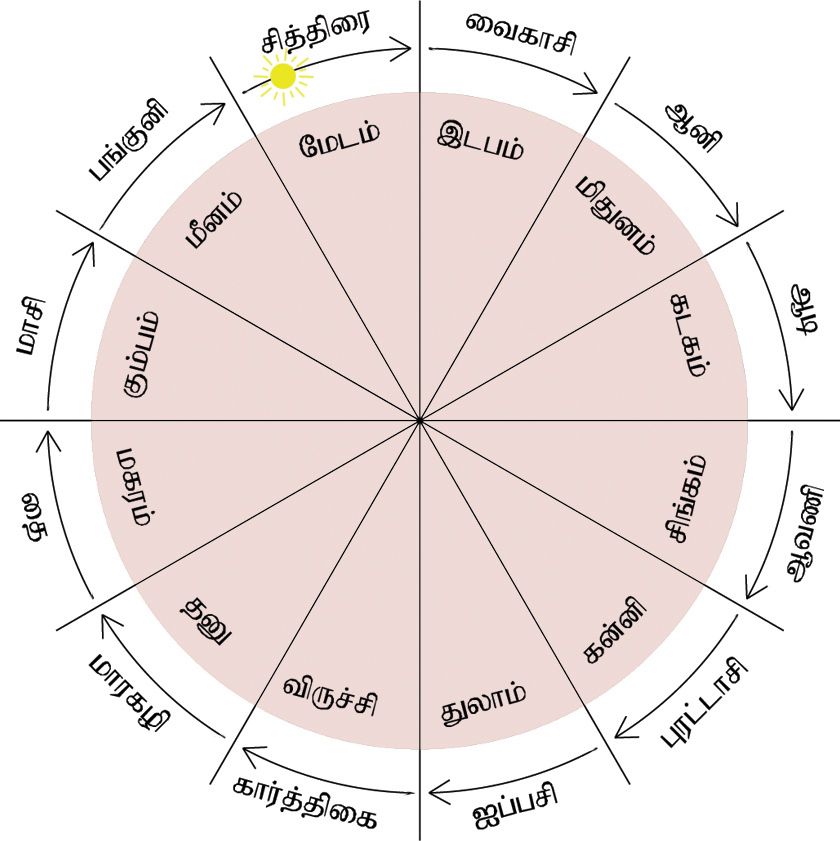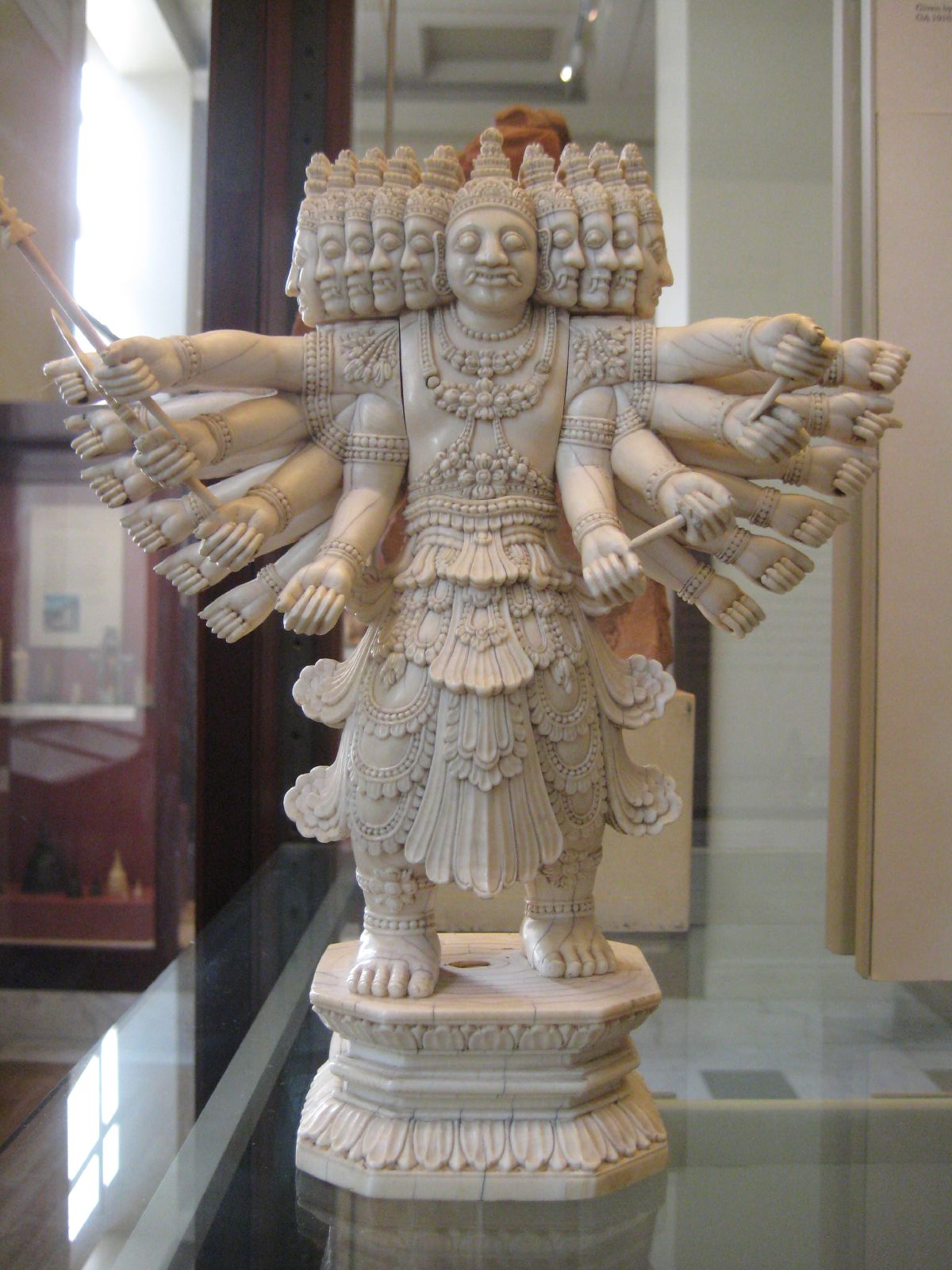|
Tiruththanka
The Deepaprakasa Perumal Temple, also referred to as Tiruththanka, Desikar Avatara Sthalam, and Tooppul, is located in Kanchipuram in the South Indian state of Tamil Nadu, is a temple dedicated to the Hindu god Vishnu. Constructed in the Dravidian architecture, Dravidian style of architecture, the temple is glorified in the ''Divya Prabandha, Naalayira Divya Prabandham'', the early medieval Tamil literature, Tamil canon of the Alvars, Alvar saints from the 6th–9th centuries CE. It is one of the 108 ''Divyadesam, Divya Desams'' dedicated to Vishnu, who is worshipped as Deepaprakasar, and his consort Lakshmi as Maragathavalli. This is the 3rd largest temple in southern Kanchipuram. The temple is believed to have been expanded during the Medieval Cholas and Vijayanagar Empire, Vijayanagara kings. The temple has inscriptions on its walls dating from the period of Rajaraja Chola III (1223 CE). A granite wall surrounds the temple, enclosing all the shrines and two bodies of water. ... [...More Info...] [...Related Items...] OR: [Wikipedia] [Google] [Baidu] |
Divyadesam
Divya Desam (, ) or Vaishnava Divya Desams are the 108 Vishnu and Lakshmi temples that are mentioned in the works of the Alvars, the poet-saints of the Sri Vaishnava tradition. By comparison, the Paadal Petra Sthalam are the 276 Shiva temples glorified in the works of the Shaiva Nayanars. Of the 108 temples, 105 are in India, one is in Nepal, and the last two are believed to be outside the earth, in Tirupparkatal and Vaikuntham. In India, they are spread across the states of Tamil Nadu (84), Kerala (11), Andhra Pradesh (2), Gujarat (1), Uttar Pradesh (4), and Uttarakhand (3). Muktinath, Saligramam is the only Divya Desam in Nepal. Tamil Nadu is home to the most number of Divya Desams with 25 of them being located in the Chennai Metropolitan Area. The Divya Desams are revered by the 12 Alvars in the ''Naalayira Divya Prabandham'', a collection of 4,000 Tamil verses. The Divya Desams follow either Tenkalai or Vadakalai modes of worship. Etymology In Sanskrit, ''divya'' means ... [...More Info...] [...Related Items...] OR: [Wikipedia] [Google] [Baidu] |
Kanchipuram
Kanchipuram (International Alphabet of Sanskrit Transliteration, IAST: '; ), also known as Kanjeevaram, is a stand alone city corporation, satellite nodal city of Chennai in the Indian state of Tamil Nadu in the Tondaimandalam region, from Chennaithe capital of Tamil Nadu. Known as the ''City of Thousand Temples'', Kanchipuram is known for its temple architectures, 1000-pillared halls, huge temple towers and silk saris. Kanchipuram serves as one of the most important inland tourist destinations in India. Kanchipuram has become a centre of attraction for foreign tourists as well. The city covers an area of and an estimated population of 232,816 in 2011. It is the administrative headquarters of Kanchipuram District. Kanchipuram is well-connected by road and rail. Kanchipuram is a Tamil language, Tamil name formed by combining two words, "Mallotus (plant), kanchi" and "puram," together meaning "the city of kaanchi flowers" (due to the abundance of kaanchi flowers in those regi ... [...More Info...] [...Related Items...] OR: [Wikipedia] [Google] [Baidu] |
Thiruthanka (5)
The Deepaprakasa Perumal Temple, also referred to as Tiruththanka, Desikar Avatara Sthalam, and Tooppul, is located in Kanchipuram in the South Indian state of Tamil Nadu, is a temple dedicated to the Hindu god Vishnu. Constructed in the Dravidian style of architecture, the temple is glorified in the ''Naalayira Divya Prabandham'', the early medieval Tamil canon of the Alvar saints from the 6th–9th centuries CE. It is one of the 108 ''Divya Desams'' dedicated to Vishnu, who is worshipped as Deepaprakasar, and his consort Lakshmi as Maragathavalli. This is the 3rd largest temple in southern Kanchipuram. The temple is believed to have been expanded during the Medieval Cholas and Vijayanagara kings. The temple has inscriptions on its walls dating from the period of Rajaraja Chola III (1223 CE). A granite wall surrounds the temple, enclosing all the shrines and two bodies of water. There is a two-tiered '' rajagopuram'', the temple's gateway tower, in the temple. Deepaprakasa ... [...More Info...] [...Related Items...] OR: [Wikipedia] [Google] [Baidu] |
Gopuram
A ''gopuram'' or ''gopura'' ( Tamil: கோபுரம், Telugu: గోపురం, Kannada Kannada () is a Dravidian language spoken predominantly in the state of Karnataka in southwestern India, and spoken by a minority of the population in all neighbouring states. It has 44 million native speakers, and is additionally a ...: ಗೋಪುರ, Malayalam language, Malayalam: ഗോപുരം) is a monumental entrance tower, usually ornate, at the Entrance Hall, entrance of a Hindu temple, in the Dravidian architecture, South Indian architecture of the southern Indian states of Tamil Nadu, Andhra Pradesh, Kerala, Karnataka, and Telangana, and Sri Lanka. In other areas of India they are much more modest, while in Southern Indian temples they are very often by far the highest part of the temple. Ancient and early medieval temples feature smaller ''gopuram'', while in later temples they are a prominent feature of Hindu temple architecture, Hindu Tamil archi ... [...More Info...] [...Related Items...] OR: [Wikipedia] [Google] [Baidu] |
Tamil Calendar
The Tamil calendar (தமிழ் நாட்காட்டி) is a Sidereal time, sidereal solar calendar used by the Tamil people of the Indian subcontinent. It is also used in Puducherry (union territory), Puducherry, and by the Tamil people, Tamil population in Sri Lanka, Malaysia, Singapore, Myanmar and Mauritius. It is used in contemporary times for cultural, religious and agricultural events, with the Gregorian calendar largely used for official purposes both within and outside India. The Tamil calendar is based on the solar calendar. Description The calendar follows a 60-year cycle that is also very ancient and is observed by most traditional calendars of India and China. This is related to 5 12-year revolutions of Jupiter around the Sun and one that adds up to 60 years and the orbit of Nakshatras (stars) as described in the Surya Siddhanta. In the Gregorian year , the Tamil year starts on 14 April , Kaliyuga . The Vikrama era, Vikrama and Shalivahana era, S ... [...More Info...] [...Related Items...] OR: [Wikipedia] [Google] [Baidu] |
Andal
Andal (ISO 15919: Āṇḍāḷ), also known as Godhai, Nachiyar, and Godha Devi, is the only female Alvars, Alvar. (Orthodoxy posits the number of Alvars as ten, though there are other references that include Andal and Madhurakavi Alvar, making the number twelve.) She is an avatar, avatara of the earth goddess Bhumi (goddess), Bhumi, consort of the preserver god Vishnu. As with the other Alvars, she was affiliated with the Sri Vaishnavism, Sri Vaishnava tradition of Hinduism. She was raised by Periyalvar in Srivilliputhur, where she grew up as an ardent devotee of Vishnu as Krishna. Active in the 8th-century CE, Andal is credited with two great Tamil language, Tamil works, ''Tiruppavai'' and ''Nachiyar Tirumoli'', which are still recited by devotees during the winter festival season of Margali. Andal is a prominent figure for women in South India and has inspired several women's groups such as Goda Mandali. History According to literary and religious tradition, Periyalv ... [...More Info...] [...Related Items...] OR: [Wikipedia] [Google] [Baidu] |
Hayagriva
Hayagriva ( IAST , ) is a Hindus, Hindu deity, the horse-headed avatar of Vishnu. The purpose of this incarnation was to slay a Danava (Hinduism), danava also named Hayagriva (A descendant of Kashyapa and Danu), who had the head of a horse and the body of a human. Iconography Hayagriva is an avatara of the god Vishnu. He is worshipped as the god of knowledge and wisdom, with a human body and a horse's head, brilliant White horse (mythology), white in color, with white garments and seated on a white Nelumbo nucifera, lotus. Symbolically, the story represents the triumph of pure knowledge, guided by the hand of Divinity, over the demonic forces of passion and darkness. Vedanta Desika's ''dhyāna-śloka'' (meditative verse) on Hayagriva typifies this deity's depiction in Hindu iconography: He has Chaturbhuja, four hands, with one in the mode of bestowing knowledge; another holds books of wisdom, and the other two hold the Shankha, Conch and Sudarshana Chakra, Discus. His be ... [...More Info...] [...Related Items...] OR: [Wikipedia] [Google] [Baidu] |
Hayagreeva
Hayagriva ( IAST , ) is a Hindu deity, the horse-headed avatar of Vishnu. The purpose of this incarnation was to slay a danava also named Hayagriva (A descendant of Kashyapa and Danu), who had the head of a horse and the body of a human. Iconography Hayagriva is an avatara of the god Vishnu. He is worshipped as the god of knowledge and wisdom, with a human body and a horse's head, brilliant white in color, with white garments and seated on a white lotus. Symbolically, the story represents the triumph of pure knowledge, guided by the hand of Divinity, over the demonic forces of passion and darkness. Vedanta Desika's ''dhyāna-śloka'' (meditative verse) on Hayagriva typifies this deity's depiction in Hindu iconography: He has four hands, with one in the mode of bestowing knowledge; another holds books of wisdom, and the other two hold the Conch and Discus. His beauty, like fresh cut crystal, is an auspicious brilliance that never decays. May this Lord of speech who ... [...More Info...] [...Related Items...] OR: [Wikipedia] [Google] [Baidu] |
Vedanta Desika
Vedanta Desika (1268–1369), also rendered Vedanta Desikan, Swami Vedanta Desika, and Thoopul Nigamantha Desikan, was an Indian polymath who wrote philosophical as well as religious and poetical works in several languages, including Sanskrit, Manipravaḷam (a Sanskritised form of literary Tamil), Tamil and Prakrit. He was an Indian philosopher, Sri Vaishnava guru, and one of the most brilliant stalwarts of Sri Vaishnavism in the post-Ramanuja period. He was a Hindu devotee, poet, Master of Acharyas (''desikan'') and a logician and mathematician. He was the disciple of Kidambi Appullar, also known as Athreya Ramanujachariar, who himself was of a master-disciple lineage that began with Ramanuja. Vedanta Desika is considered to be avatar (incarnation) of the divine bell of Venkateshvara of Tirumala by the Vadakalai sect of Sri Vaishnavism. Vedanta Desika belongs to Vishvamitra/Kaushika gotra. On the occasion of 750th anniversary of the life of Vedanta Desika, the Indian p ... [...More Info...] [...Related Items...] OR: [Wikipedia] [Google] [Baidu] |
Rakshasa
Rākshasa (, , ; ; "preservers") are a race of usually malevolent beings prominently featured in Hinduism, Buddhism, Jainism and Folk Islam. They reside on Earth but possess supernatural powers, which they usually use for evil acts such as disrupting Vedic sacrifices or eating humans. The term is also used to describe asuras, a class of power-seeking beings that oppose the benevolent devas. They are often depicted as antagonists in Hindu scriptures, as well as in Buddhism and Jainism. The female form of rakshasa is rakshasi (). Hinduism In Puranas Brahmā, in a form composed of the quality of foulness, produced hunger, of whom anger was born: and the god put forth in darkness beings emaciate with hunger, of hideous aspects, and with long beards. Those beings hastened to the deity. Such of them as exclaimed, “Oh preserve us!” were thence called Rākṣasas. Those created beings, overwhelmed by hunger, attempted to seize the waters. Those among them who said, “ ... [...More Info...] [...Related Items...] OR: [Wikipedia] [Google] [Baidu] |
Perumal
Perumal (the 'Great One') is the name of a Hindu deity. It was also generally used as a synonym for the king or ruler in south India during medieval period. Some rulers explicitly referred to as "Perumal" in inscriptions include, *Western Ganga dynasty Narayanan, M. G. S. ''Perumāḷs of Kerala''. Thrissur (Kerala): CosmoBooks, 2013. 171. ** Sripurusha **Rachamalla **Neetimarga * Pandya dynasty **Maran Chadayan * Chola dynasty ** Parantaka * Pallava dynasty **Paramesvara Varma II of Kanchi * Chera dynasty (Mahodayapuram)Noburu Karashmia (ed.), ''A Concise History of South India: Issues and Interpretations.'' New Delhi: Oxford University Press, 2014 ** Rama Rajasekhara (Cheraman Perumal Nayanar) ** Sthanu Ravi (Kulasekhara Alvar Kulasekhara ( Tamil: ''குலசேகரர்''; IAST: Kulaśekhara) (''fl.'' 9th century CE), one of the twelve Vaishnavite alvars, was a bhakti theologian and devotional poet from medieval south India. He was the author of " Perumal Ti ...) ... [...More Info...] [...Related Items...] OR: [Wikipedia] [Google] [Baidu] |
Gayatri
Gayatri (Sanskrit: गायत्री, IAST: Gāyatrī) is the personified form of the Gayatri Mantra, a popular hymn from Vedic texts. She is also known as Savitri, and holds the title of ''Vedamata'' ('mother of the Vedas'). Gayatri is the manifestation of Saraswati and is often associated with savitr, Savitṛ, a solar Devi, deity in the Vedas, and her consort in the Puranas is the creator god Brahma. Gayatri is also an epithet for the various goddesses and she is also identified as "Chaitanya (consciousness), Supreme pure consciousness". Origin Gayatri was the name initially applied to a metre of the Rig Veda consisting of 24 syllables. In particular, it refers to the Gayatri Mantra and the Goddess Gāyatrī as that mantra personified. The Gayatri mantra composed in this triplet form is the most famous. Most of the scholars identify Gayatri as the feminine form of Gayatra, another name of the Vedic Solar god which is also one of the synonyms of Savitri and Savitr, Savit ... [...More Info...] [...Related Items...] OR: [Wikipedia] [Google] [Baidu] |







